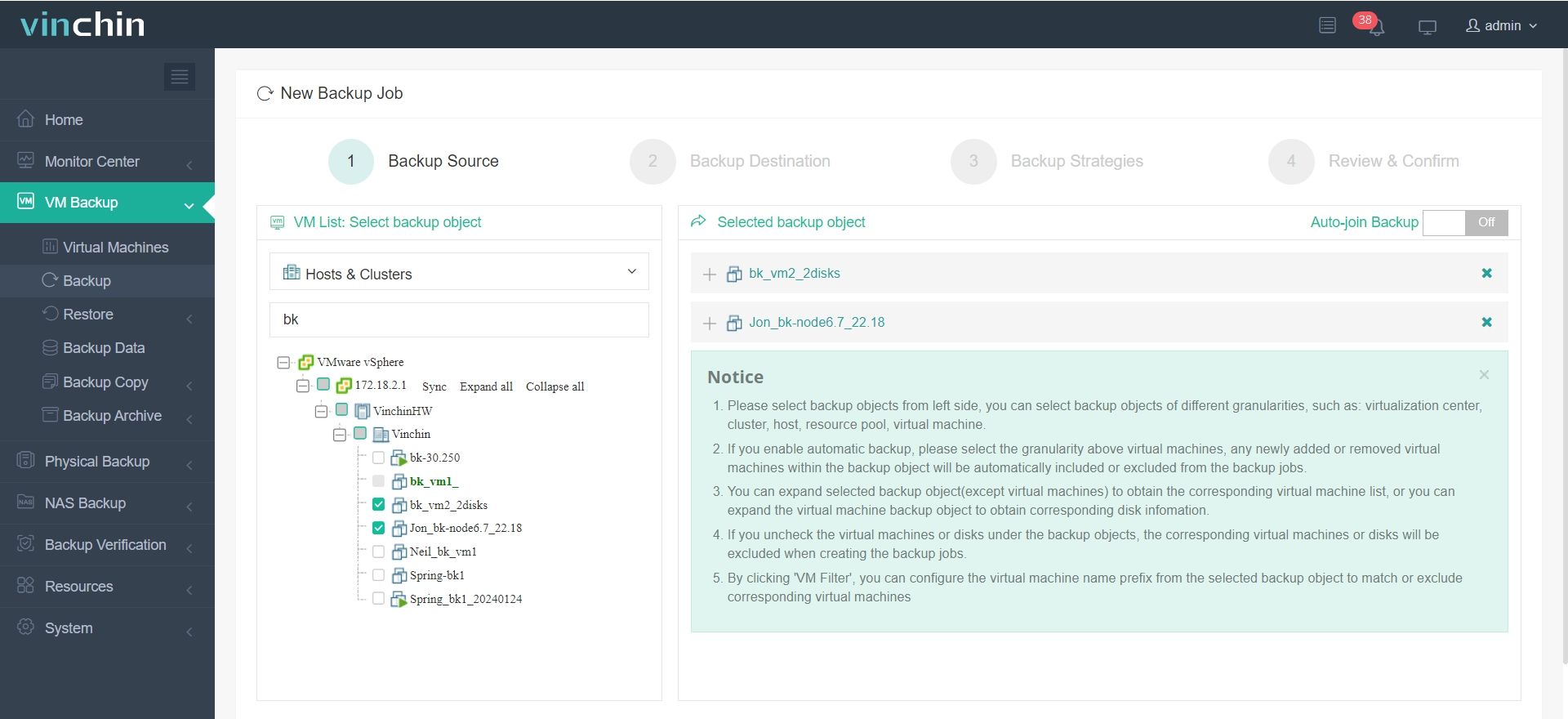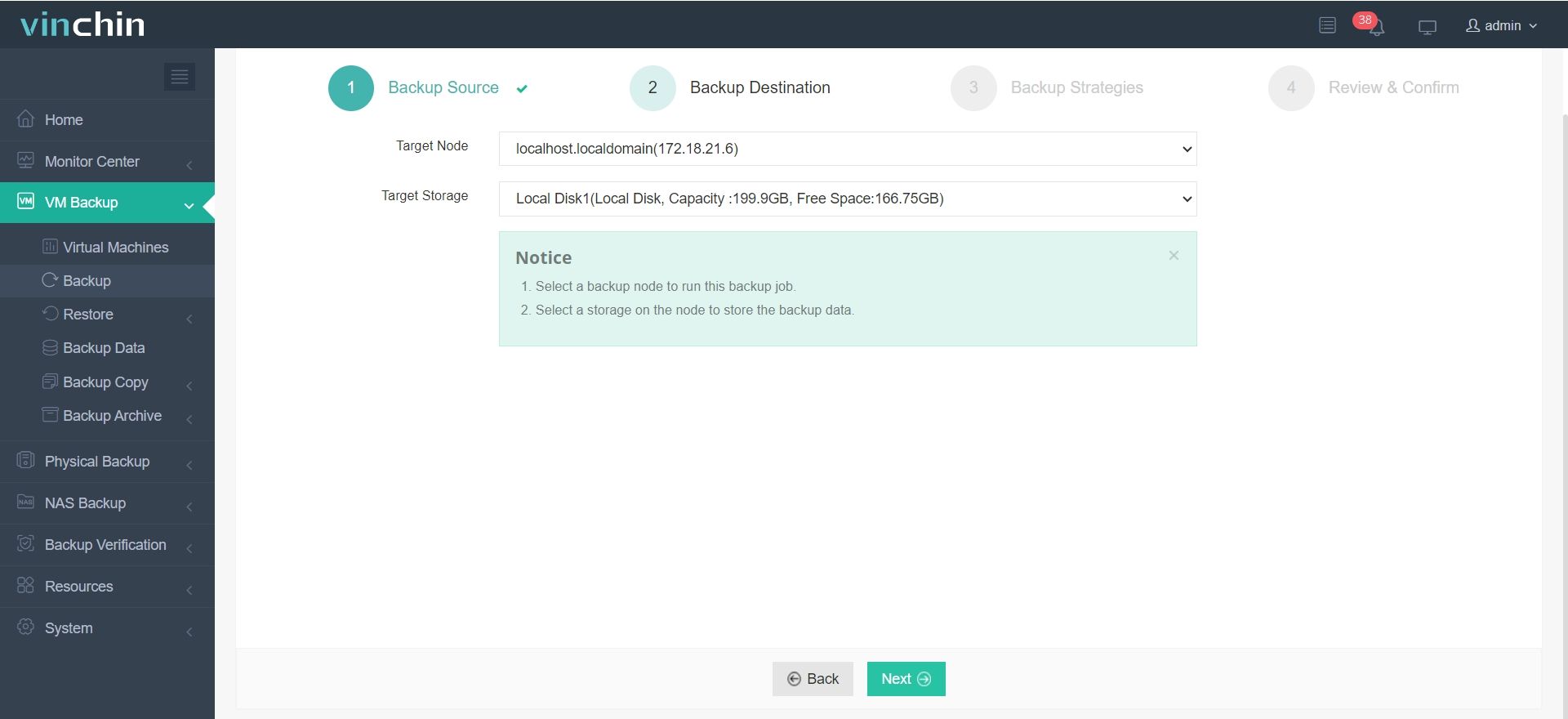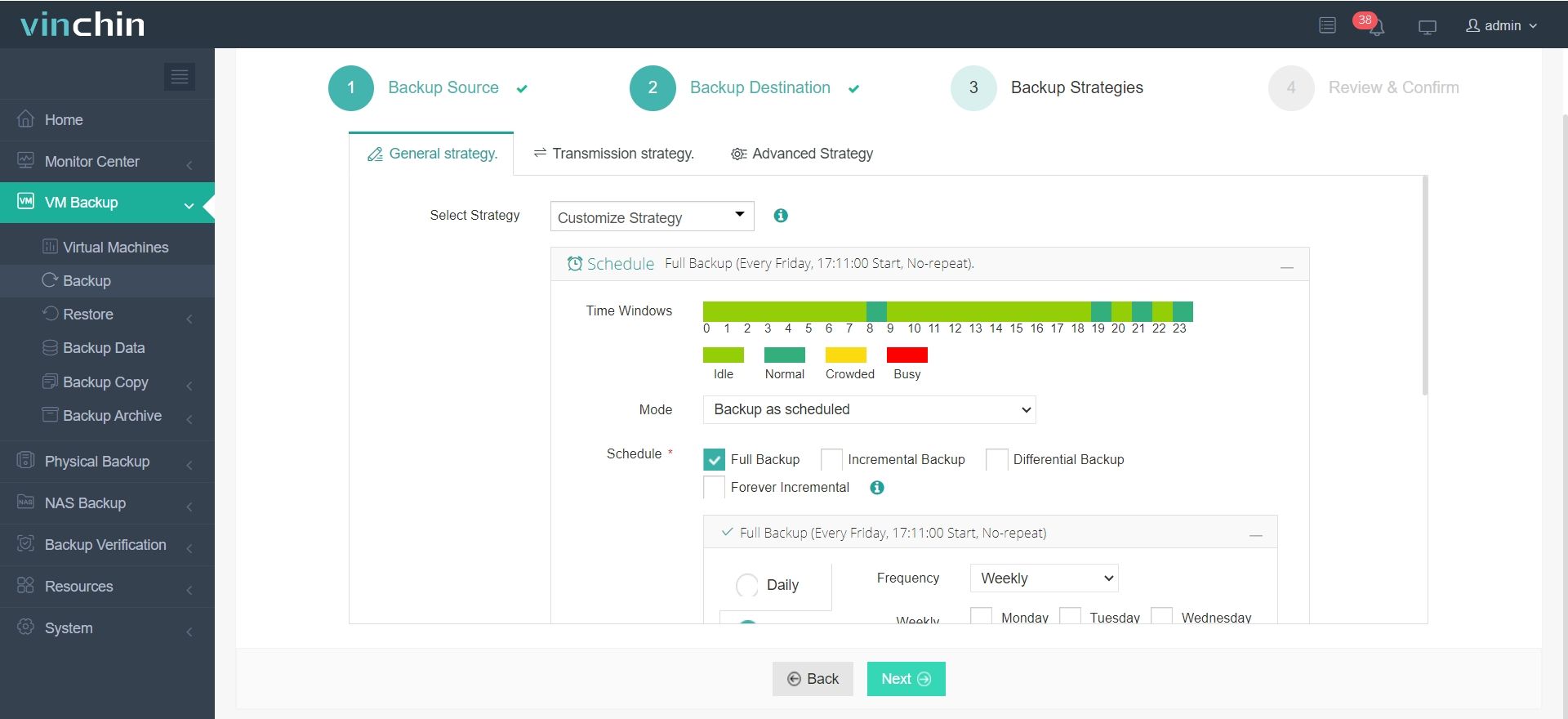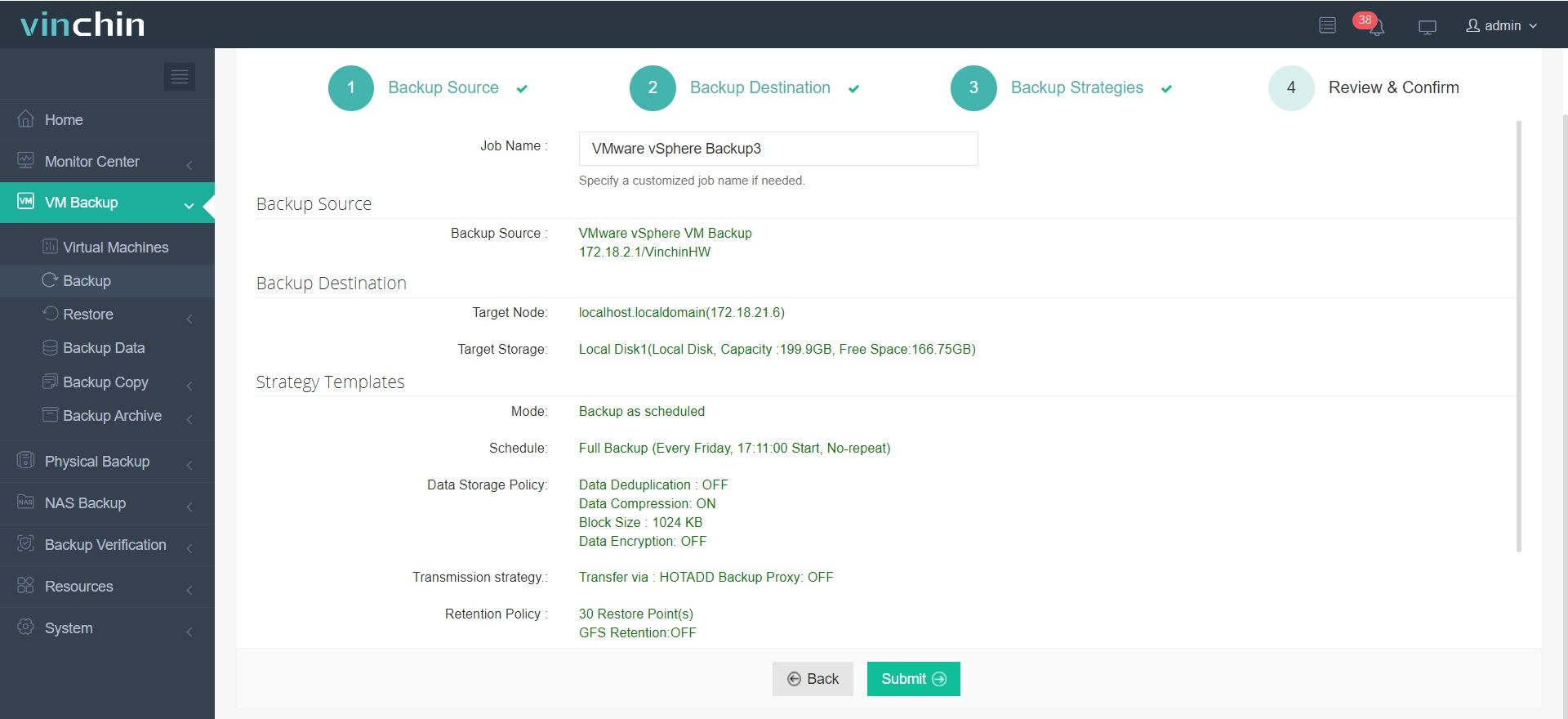-
What is Proxmox Backup Server?
-
Can Proxmox Backup Server backup ESXi VMs?
-
Simplify VM protection in mixed environment
-
FAQs
-
Conclusion
Proxmox VE and VMware are two popular virtualization platforms that offer robust features for managing virtual machines and ensuring data protection. Proxmox VE is an open-source virtualization management platform based on Linux. It provides a complete solution for virtualization, containerization, and clustering, allowing users to create and manage VMs, containers, and storage resources. VMware ESXi is a bare-metal hypervisor that virtualizes server hardware resources, allowing for the creation and management of virtual machines. Known for its performance, scalability, and extensive ecosystem suppor, it offers features such as resource optimization, high availability, and fault tolerance, making it a popular choice for virtualization in data centers and cloud environments.
What is Proxmox Backup Server?
Proxmox Backup Server is an open source virtualization backup solution that is seamlessly integrated with the Proxmox VE virtualization platform. It allows users to create full and incremental backups of virtual machines, containers, and physical hosts. PBS offers a user-friendly web interface and supports various backup targets, including local storage, NFS, CIFS, and cloud storage providers. It is popular in the virtualization community.
As an open source project, PBS has active community support, and users can freely customize the code and get timely help. Its modern backup technology and automation capabilities make backing up and restoring virtual machines efficient and reliable. Because of its simplicity and ease of use, many people are considering whether it can be used to back up virtual machines on other virtualization platforms.
Can Proxmox Backup Server backup ESXi VMs?
No, Proxmox Backup Server is specifically designed to backup and restore virtual machines running on Proxmox VE, which is an open-source virtualization platform based on KVM. It is not designed to directly backup VMs running on VMware ESXi.
However, it is possible to install the Proxmox Backup Client on a Debian-based Linux guest and perform file-level backups from within the guest itself. The Proxmox Backup Client is a lightweight agent that allows you to back up files and directories from a guest system to a Proxmox Backup Server. But file-level backups performed from within a guest have certain limitations compared to hypervisor-level backups. They only capture the files and directories within the guest and do not include the entire VM configuration or state.
Alternatively, you can migrate the ESXi virtual machine to Proxmox and then perform the backup. But this process may be somewhat complicated, including exporting the virtual machine, converting the virtual disk format, and importing the virtual machine. Errors will inevitably occur during these steps. For a more comprehensive backup solution, it is recommended to use hypervisor-level backups or a dedicated backup solution for the virtualization platform.
Simplify VM protection in mixed environment
Although Proxmox backup does not integrate with VMware ESXi, there are other backup solutions available that can backup VMware ESXi VMs. If you have a mixed environment with both Proxmox VE and VMware ESXi, Vinchin Backup & Recovery will be the best choice to ensure proper backup and restore capabilities.
Vinchin Backup & Recovery is a professional backup and disaster recovery solution for multiple virtualization platforms like VMware, Hyper-V, XenServer, Proxmox, Red Hat Virtualization, XCP-ng, Oracle OLVM, etc. It provides advanced backup features, including automatic VM backup, agentless backup, LAN/LAN-Free backup, offsite copy, effective data reduction, cloud archive and etc., strictly following 3-2-1 golden backup architecture to comprehensively secure your data security and integrity.
For recovery, Vinchin Backup & Recovery provides instant VM recovery, allowing you to quickly restore virtual machines by running them directly from the backup. It also supports file-level granular restore, enabling you to extract specific files from VM backups.
To enhance data protection, the solution includes data encryption and anti-ransomware protection, providing a secure environment for VM backups. Vinchin Backup & Recovery offers VM migration capabilities across multiple virtual platforms, simplifying the process of moving VMs between different environments.
With its user-friendly web console, managing the backup system is effortless. The intuitive interface allows for easy administration and creation of VM backup jobs, eliminating the need for manual processes or command line interactions.
It only takes 4 steps for you to backup ESXi VMs:
1. Select the backup object.

2. Select backup destination.

3. Select backup strategies.

4. Review and submit the job.

Vinchin Backup & Recovery has been chosen by thousands of companies worldwide. You can start leveraging this powerful system with a 60-day full-featured trial! Share your specific Proxmox VE environment needs with us, and we will provide a custom solution that fits seamlessly with your IT infrastructure.
FAQs
1.Q: How can I migrate VM from Proxmox to VMware?
A: To migrate VM from Proxmox to VMware, you need to convert QCOW2 to VMDK format firstly, then transfer converted vmdk files to the ESXi host and import it to the new created ESXi VM. You can also consider Vinchin Backup & Recovery for reliable VM data protection and fast VM migration.
2.Q: How to use PBS with Proxmox VE?
A: You can manage and configure PBS through the user interface of Proxmox VE, including creating backup tasks, restoring data and monitoring backup status.
Conclusion
While Proxmox Backup Server is not designed to directly backup VMware ESXi VMs, there are other backup solutions available, such as Vinchin Backup & Recovery, that can effectively handle VM protection in a mixed environment with both Proxmox VE and VMware ESXi. It provides comprehensive backup and restore capabilities, ensuring data protection and simplifying the management of virtual machines across different virtualization platforms.
Share on:








